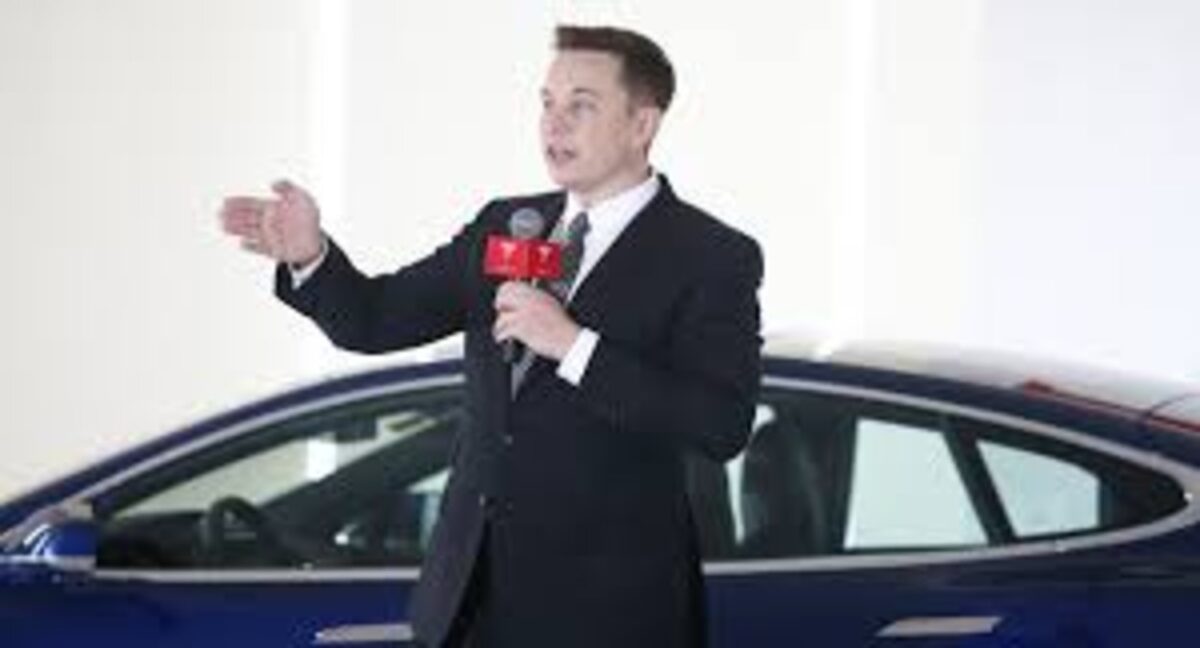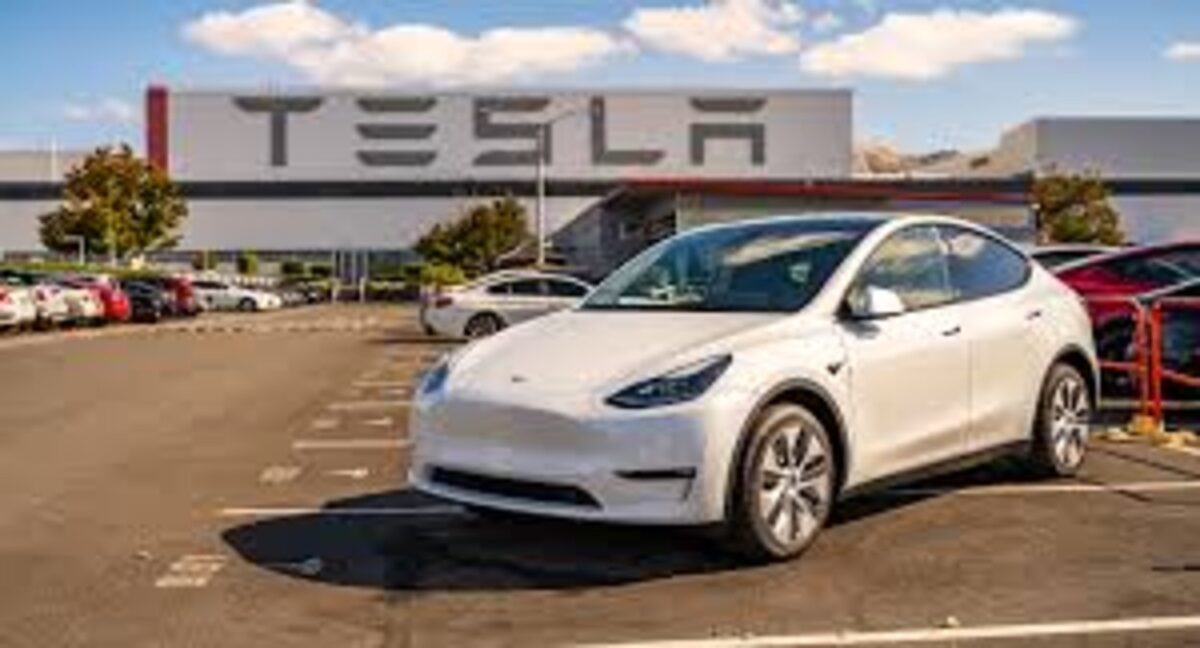Tesla (NASDAQ:TSLA) may encounter challenges within its primary electric vehicle sector; however, its high valuation indicates strong confidence in future innovations such as the robotaxi and its sophisticated full self-driving (FSD) software. Investors are optimistic about these transformative projects, but the extent of their influence in the coming years remains to be seen.
Invest with Assurance:
Utilize TipRanks’ Top Wall Street Analysts to discover their success rates and average returns.
Join a community of data-driven investors – Create your Smart Portfolio for tailored insights.
Mark Delaney of Goldman Sachs, an analyst positioned in the top 3% of Wall Street stock professionals, anticipates that the robotaxi service will commence commercial operations in the latter half of 2026, projecting approximately $115 million in revenue by 2027, while having a “relatively neutral” effect on consolidated earnings per share.
The projection anticipates that Tesla’s fleet will expand to 300 vehicles by the conclusion of 2026 and to 1,500 by the end of 2027. Additionally, it considers an increase in the average daily trips per vehicle from 15 to 20 during the period from 2026 to 2027, along with an estimated cost of slightly over $2.50 per mile in 2027.
Tesla has announced plans to introduce the service in either Texas or California, with Delaney suggesting that Texas is the more probable location. Reports indicate that discussions are ongoing with Austin regarding self-driving technology, and Texas presents fewer regulatory hurdles compared to California.
Delaney posits that Tesla is likely to implement remote assistance and geofencing to enhance the service, utilizing strategies akin to those employed by existing robotaxi services such as Waymo, Baidu, and Pony AI, although these techniques are not currently integrated into Tesla’s consumer Full Self-Driving (FSD) vehicles.
The analyst stated, “We believe that the incorporation of remote assistance and a confined geographic area could enhance performance relative to Tesla’s FSD software in consumer vehicles.”
However, drawing from personal experience, crowdsourced data, and independent evaluations, Delaney highlights significant advancements in version 13 of the FSD software compared to version 12. He asserts that this reinforces his belief that Tesla is “one of the leaders in autonomous technology.”
In particular, crowdsourced data indicates that FSD version 13 can achieve approximately 400 to 450 miles between critical interventions, with 97% of trips avoiding such incidents altogether. Tesla estimates that FSD version 13 could ultimately reach around 10,000 miles per critical intervention. Nevertheless, Delaney believes that substantial progress is still required for FSD to evolve into a fully autonomous product that does not necessitate situational oversight.

Furthermore, the analyst expresses skepticism regarding Tesla’s goal of making FSD safer than human drivers by the second quarter of this year. Nonetheless, as the system’s performance continues to improve, the adoption and monetization of FSD may rise, potentially leading to an enhancement in auto gross margins by 2026 or 2027.
The long-term monetization potential of Full Self-Driving (FSD) is anticipated to hinge not only on advancements in technology but also on how Tesla’s software stands out compared to other options available in the market. Additionally, the competitive landscape and prevailing business models in China could pose challenges for monetization in that region, as noted by Delaney.
Currently, Delaney has assigned a Neutral rating to Tesla shares, with a price target of $345, which reflects an expected decline of 16.5% over the next 12 months.
The consensus price target from analysts is even lower, at $329.63, suggesting that the stock may be overvalued by 23%. Overall, Tesla has a Hold consensus rating, based on a combination of 13 Buy ratings, 12 Hold ratings, and 9 Sell ratings.
You may also like-
Other business related new articles




